INTERVIEW – We recently had the pleasure of viewing the Post Mortem, which we thought was a very well done, atmospheric and sufficiently creepy film, which is also worth seeing in the cinema for its visual world. After the screening, we sat down with the director, Peter Bergendy, to talk about a lot of things related to this film or the horror genre.
theGeek: Although there have been horror films made in Hungary before, it is a relatively “neglected” genre in our country. What is the reason why we have had to wait so long for an essential and significant horror film to be made here?
Péter Bergendy : Hungary cannot really be called a country that is well versed in the horror genre. Two films of this genre were made in the silent era, although one was more science fiction and the other is lost, so we don’t know much about it. There have been attempts at independent filmmaking, but no horror films of this scale have been made. One of the reasons for this is that horror was declared a bourgeois genre before the regime change, and movies were banned from cinemas. This stigma had stuck to this day – so much so that when we started to build the film, the jury said ‘and now we can’t make a horror film in Hungary’ – and then we managed to convince them that we would make a quality film, but it was not an easy process. After the exam and the success of Trezor, I thought it was time to make a horror film because I’ve always been close to this genre. And then, because of that and the fact that we wanted to make a quality film, we managed to overcome the initial resistance. In the end, it was a unanimous decision to say yes. It was a tough ride, for sure. It was thanks to my previous films that they said yes.
tG: What is it that attracts you to this genre?
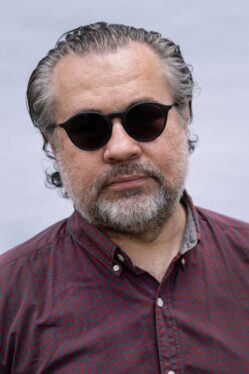
tG: What do you find most interesting about the film era?
B.P.: I like historical films. It’s a challenge and a great game for the director to create a world that doesn’t exist. And then you can get lost in the details of whether that phonograph is a real phonograph or how period the camera is. I’ll tell you that everything in the film is real and true to the period of these devices.
tG: But on one site, it said something like the cap on the camera is made of plastic…
B.P.: Yes, they wrote one, but it’s not plastic, it’s metal, just painted black. You can see the shiny metal under the paint wear in one setting. Whoever wrote that didn’t go there and point out that it’s not plastic; they couldn’t see that it’s original. Concerning historical films, it’s great to make a movie like this, which is why I thought it was an ideal setting to make a film like this. On the other hand, the post-1918 period was the darkest, most severe and traumatic period in Hungarian history. It is not by chance that we set this film in this period, because this is the period when the ghosts come to life.
Not to mention the Spanish flu epidemic that was ravaging the country at the time. My colleague Gábor Hellebrandt and I thought it would be worth comparing this post-mortem photography with ghost stories because it could be a very interesting interconnection. I’ve noticed that these post-mortem pictures attract people’s attention because it’s all very morbid and strange for us. And my interest in ghost stories comes from the fact that they scare me, other horrors less so. We wanted to combine the two in this era.
tG: What struck me about the main character is that he’s a sympathetic figure who isn’t really endowed with strong character traits, but rather a character through whose point of view we see events. A bit of a ‘neutral’ character, like Willard in Apocalypse Now. How conscious was that decision?
B.P.: It was a conscious decision because we chose Viktor Klem for the lead role for a reason. He is loved by the audience and can be a good catalyst character in the film. He is drawn into the events; he visits the afterlife and meets the ghosts in their proper form. He has to do something about that. He runs into a little girl who has also been to the afterlife, and a father-daughter relationship develops between them through the medium of an unearthly experience.
tG:What European, American or Asian horror do you like and which ones have inspired you?
B.P.: Strangely enough, I don’t like Asian horror films, and my film could be popular there because ghost stories work well there. My favourites are The Exorcist, a period piece, or Halloween, which I saw in a cinema in Munich in 1979. Or maybe even The Shining – except for the last 10-15 minutes. Because the protagonist can’t freeze to death, a complete misunderstanding of the original work. He has to explode, just like he exploded in the novel. It is also one of the scariest, most iconic horror films.
tG: Have you seen the latest sequel, Doctor Sleep?
B.P.: I had a hard time watching the whole thing; I could only read half of the book. I don’t understand why the entire sect thing was needed. It all went very wrong.
tG: What were the most challenging and exciting moments of filming?
B.P.: All of them. When we originally calculated how many days we needed to shoot, it came out to 55 days, but we could only get 41 days out of our budget. That means we rushed through the shoot, and we had to do it all at a rush pace. We shot the scenes once or twice, and then we moved on. Unfortunately, that’s how Hungarian filmmaking is, but that was the same with Trezor or The Exam. But in a film like this, there are also more time-consuming things, like stunt work. Hungarian stuntmen are used to American films, where they have plenty of time for everything, so they take their sweet time. Well, all this can’t work here because we don’t have the time to shoot. We had some problems with that, but then we came to terms with it. What was difficult is that you can’t make an action-packed film in a short time and a lot is going on in this film. My initial aim was that if the viewer pays for a costly cinema ticket, they will get a lot of experience for their money. We tried to include as much fun, excitement and even humour as possible. I hope the viewer will appreciate all this.
tG: You mentioned three favourite films: The Exorcist, Halloween, The Shining… All three have child characters, and they’re all horror films not for children – just like Post Mortem. I have read interviews and articles about the attention paid to the children in these films so that they would not encounter the horror elements themselves. The question arises: how could Fruzsina have been protected from the more traumatic horror scenes, since she has many scenes with dead bodies, for example? Couldn’t she have been isolated from the horrors?
B.P.: On the set, it didn’t seem so terrible. There was a psychologist who worked with Fruzsi regularly. Fruzsi likes horror films, by the way. It’s exactly that 12-year-old age when people start watching horror movies when you watch a horror movie on T.V. with a friend or a girlfriend, and you scream and hide under the covers. On the other hand, making horror films is fun. It’s a game, in a way. We used to pretend to play it. We let him in on everything, and we talked through everything.
One time, one of the child actors did not know that he would be accompanied by a character with a mask on his face. He was scared and had to be told it was a mask and shown who was behind the mask. We talked him through everything. We didn’t leave him alone with the experience and processed it well with him. By the way, the fact that children are in these films is also no coincidence because adults can recall the childhood traumas that appear in horror, and in this way, they can relive and process them. Not just by watching the film, but by talking about it afterwards.
tG: By the way, has Fruzsi seen the film?
B.P.: Yes, when the film was made, we had a screening of it with four or five of us, and we invited him.
tG: And you were not afraid?
B.P.: Well, you’d have to ask her. I hope she was scared because that’s the whole point of a horror movie, to be scared, haha. But that’s different because we’re in the movie. If we’re scared, certainly not in the same way that anyone else is scared.
tG: Post Mortem contains both slow-building, psychological elements at the beginning of the film and more traditional, populist solutions in the second half. Was there a main direction the film wanted to go in?
B.P.: In today’s horror films, these slow, suspenseful scenes are not really in vogue. Today’s young audiences are used to fast-paced stuff. If you look at films with similar themes, the longer, suspenseful scenes aren’t very drawn out. But I thought that since I’m making this film and I like that kind of thing, I could afford to put in some of those more classic horror scenes at the beginning. Like things where the protagonist goes for a long time at some scary place, and nothing happens. I really like those.
tG: Yes, it’s the classic Hitchcock school…
B.P.: Yes, exactly. So, when we wait for something to happen, it either happens or doesn’t. But towards the end of the film, you have to spice up the events because you have to keep the viewer’s interest. There are indeed… you could call them “clichés”, but I wouldn’t call them clichés, because in a romantic film, is kissing a cliché? It’s a cliché, but you can’t have a good romantic movie without a kiss.
In the same way, there are scenes in this one that we may have seen elsewhere, but they still need to be there. So a scene where the monster runs towards us and tries to catch us may be a cliché, but it’s still an element that should be in a horror film. At the same time, I think there are original elements in our movie – for example, deaths or other scary things that I at least have not seen elsewhere.
tG: By the way, I was just wondering what it is about American horror movies that make them not scary enough anymore? (I liked Post Mortem for that reason too.) Now I’ve just thought of the recent The Conjuring movie, which was a huge disappointment… So why is American horror filmmaking going in this direction? Why are they less and less able to achieve the right level of fear-mongering? Is our threshold for arousal that high?
B.P.: For two reasons… One is that it’s challenging to do. It’s a man-task to create something awesome. I don’t even know how to do it exactly… In this film, I think there are some scary parts or scary scenes. I’m pretty sure there’s at least one, which is quite an achievement, because how do I know how to make a horror film? I’ve seen a lot of them, but making them is not so easy.
On the other hand, today’s films are increasingly fast-paced, which I think is counterproductive to be scary. So I think of events happening quickly and getting over them quickly. There has to be a certain slowness in a horror film… which we didn’t dare to do, except in the first third of the film. Unfortunately, young people today are used to fast things and also sadly they don’t work in today’s horror films in my opinion.
I would also add that for something to be sufficiently sick, you need a creator with the personality to make it sick. So Andy Muschietti, who directed Mama and IT, or James Wan, who directed the first two The Conjuring, I think they have a certain “sickness” that shines through in their films. I don’t think I have that disease. The playfulness that is also needed in horror films is there in me, but there is a plus in them that radiates through their films. Post Mortem has some of that, but the creator has to be sick to make it sicker.
tG: Let’s say Wan’s last film, Malignant was more sick than awesome.
B.P.: It’s also interesting that he’s a very talented guy, so the original Among Demons, despite being a fast-paced type of horror, has some very clever solutions. However, his latest film, Eleven Diseases, is just a bad film. Why? How? He made this one… How can that be good? How did that other one become bad? So it shows that it’s challenging to find what makes a horror film work. In the case of Post Mortem, we’ve certainly got the atmosphere, the milieu right, and there are scary and amusing things in it. And the fact that it’s been to so many festivals and won so many awards shows that it’s a workable horror film.
tG: Nowadays, video games are becoming increasingly important, even catching up with the world of movies in terms of storytelling. By the way, Post Mortem reminded me very strongly of the Silent Hill series, especially Silent Hill 2. How familiar are you with that, by the way?
B.P.: I’m not that familiar with that series of games, although I do have some of them.
tG: Or here’s an example The Medium, which also parallels this film in its atmosphere, and in which we play a young girl who investigates ghosts and the souls of the dead in a ruined Polish SZOT resort, and which uses a very exciting solution, as we see the real world and the afterlife in parallel. It’s well worth a look.
B.P.: Okay, I’ll check this one out because I’m not familiar with it, but there are a lot of survival horror games out there. I don’t like most of them because they require a lot of time, and I don’t like those games. You pretty much have to do a lot of things in real life in time, at least in the game, let’s not have to – that’s why I don’t like those types of games. But, for example, the Blair Witch Project was done into a trilogy back in the day (the games were released in 2000), and one of them has a similar feel to Post Mortem. It takes place in a village after the American Civil War. This “village horror” theme is a thing that exists in movies, and good movies have been made, and the games are absolutely at the top of this genre.
tG: The latest in the Resident Evil series, Resident Evil Village, is also set in a village (as the title suggests) and in Transylvania, so it’s the game that every gamer associated with when Post Mortem was announced.
B.P.: Yes, that’s precisely why this film might be well received abroad, because it’s Hungarian, which makes people associate it with Transylvania and Dracula – it sounds fascinating.
tG: Will there be a sequel? The ending seems to suggest something like this…
B.P.: In Toronto, we won ten awards, one of the awards here was called “The film we most want to see a sequel to”. So I can bring that up, that it’s time to start the sequel. We had a lot of ideas in our heads during the making of the film that we put aside that it was more fitting for a sequel. There’s already a tram in a small Hungarian town in the twenties, and it would be worthwhile to do something more seancey and esoteric with our two characters. We’ll see if it’s possible or not.
tG: In case the sequel to Post Mortem doesn’t work out, can we see another horror film from you?
B.P.: I’ve got more horror in my bag; I’d like to make a teen horror about beautiful young people killing each other, for example. And then we have another ghost story idea that takes place one night in an abandoned house where a group of university students studying parapsychology – five or six people including the teacher – go, and certain events happen between them. It’s another matter that Hungary may not become a horror power after Post Mortem, so we can’t predict that we’ll have the opportunity to do that. I would be happy to do it; if not, I would continue making historical films.
tG: By the way, what is it that keeps producers from making Hungarian horror films?
B.P.: The fact that such a film “still does not belong to the category of worthwhile films”. The genre is considered a layer film – even though it sells well abroad.
Interview made by -BadSector-

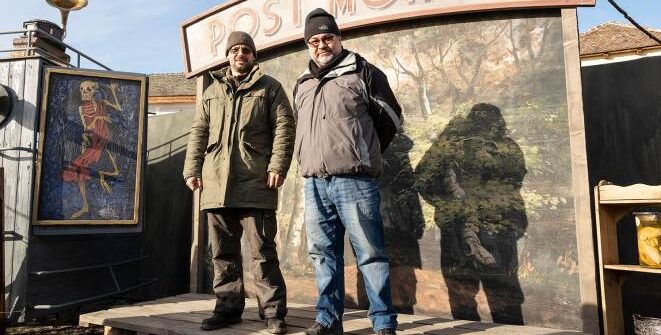
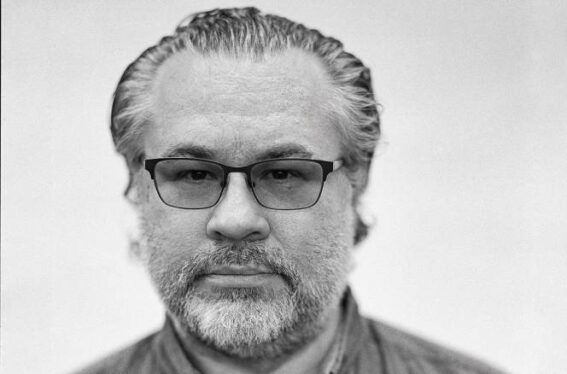
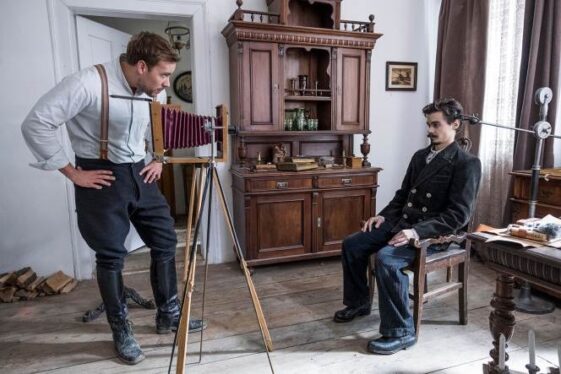
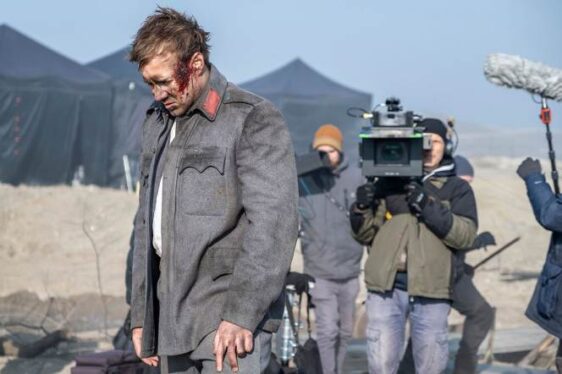
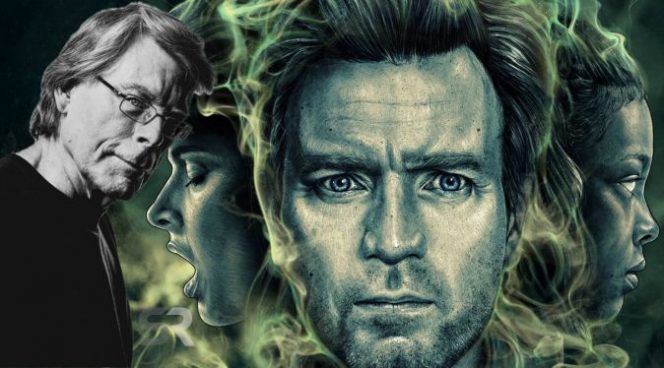
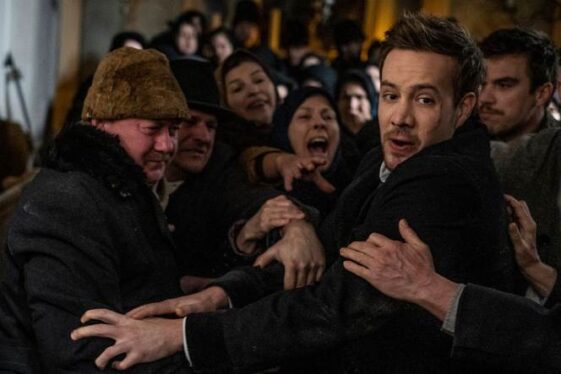
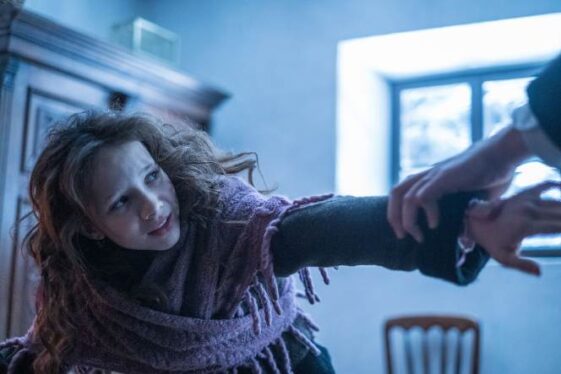
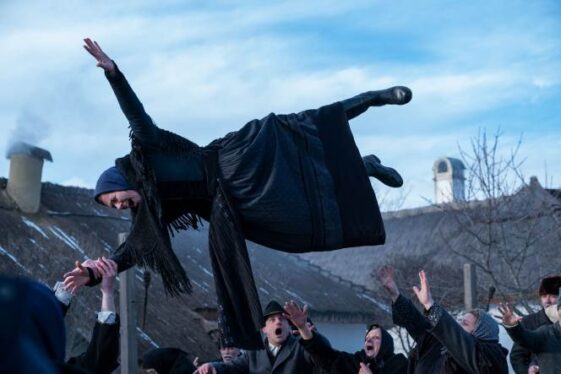
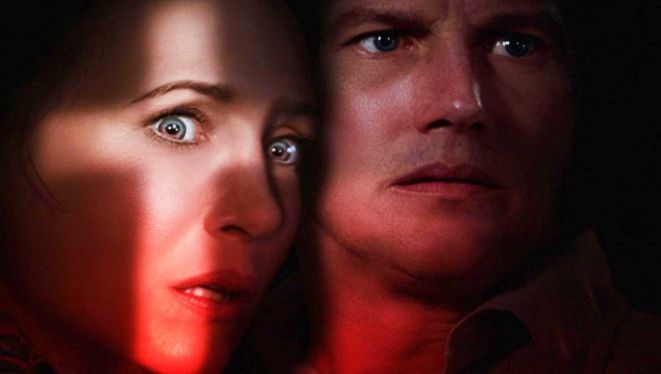
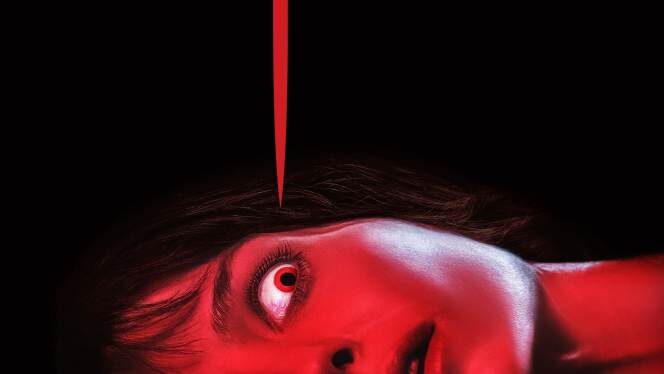
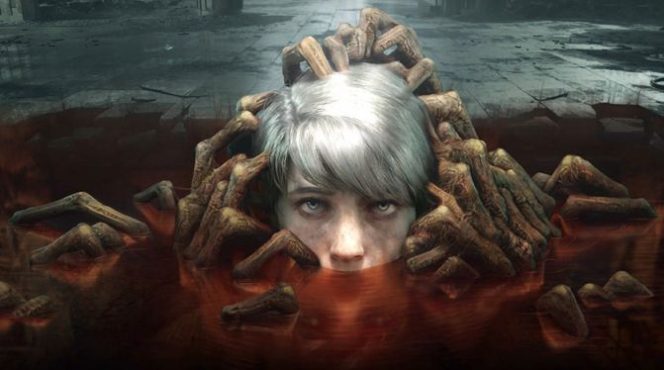
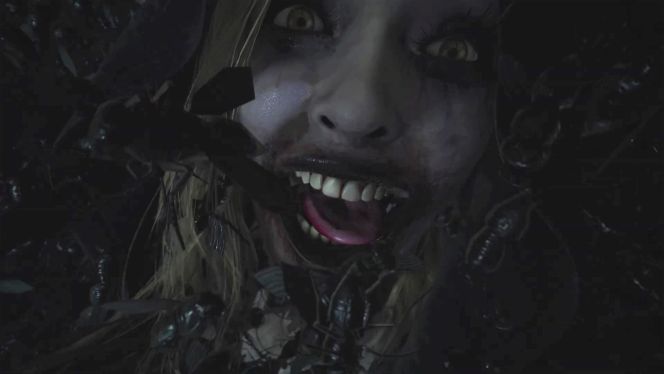
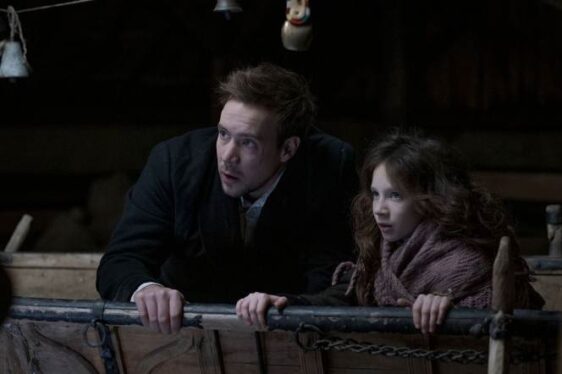


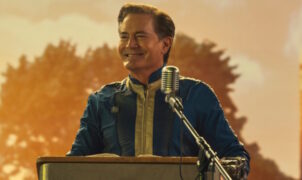


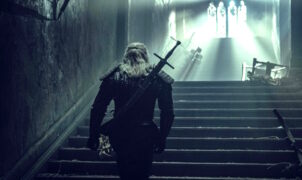
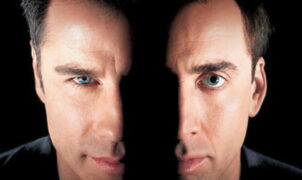


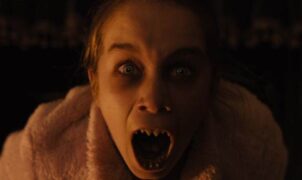
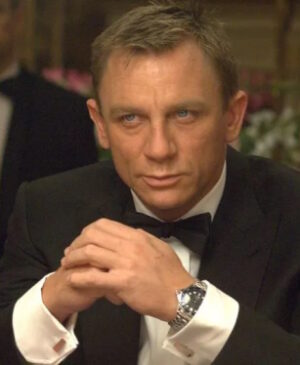
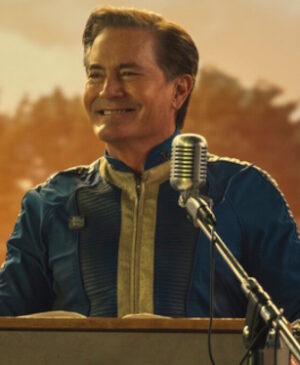


Leave a Reply